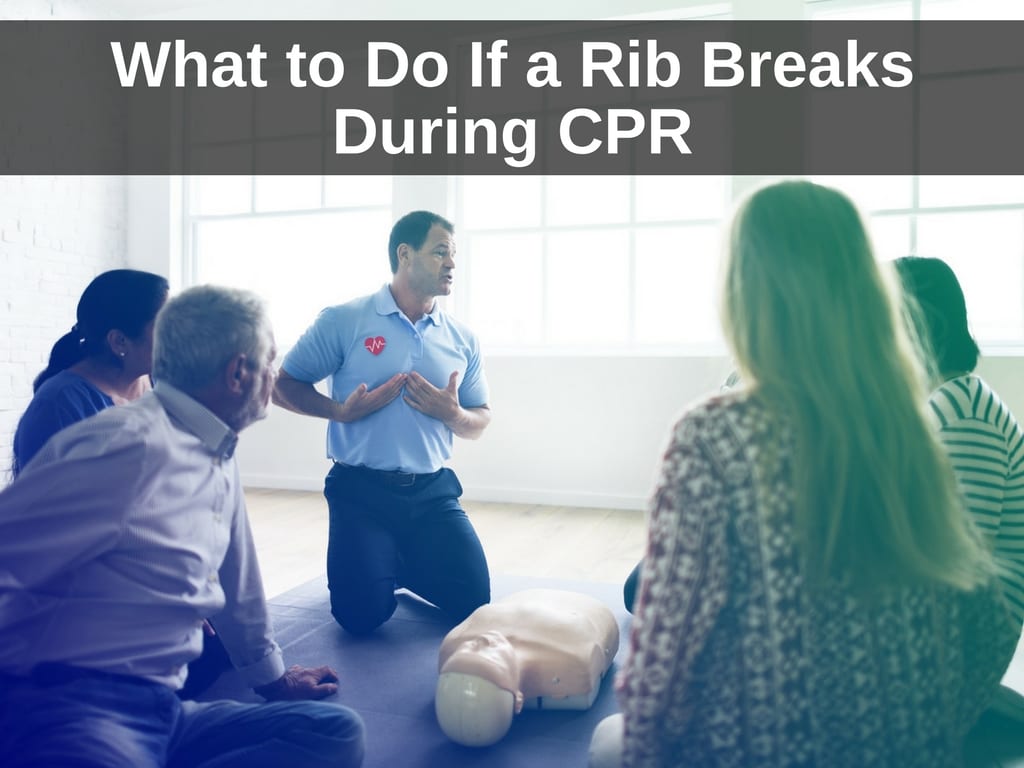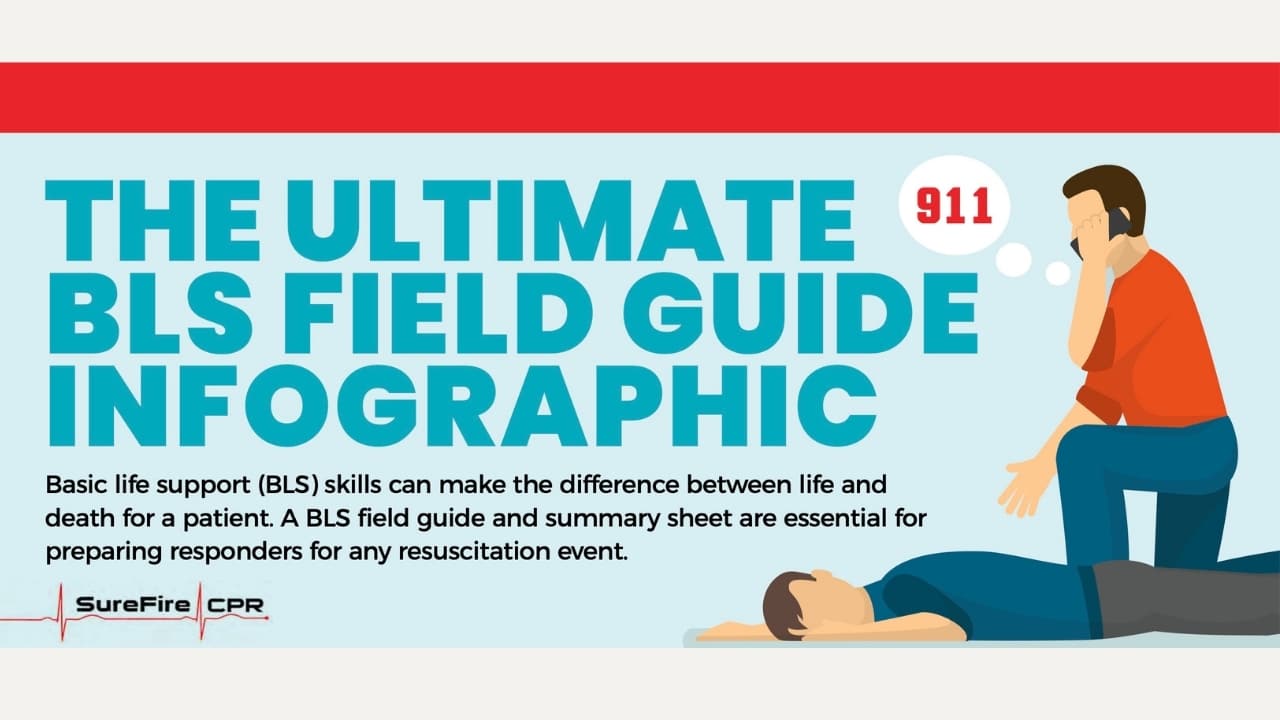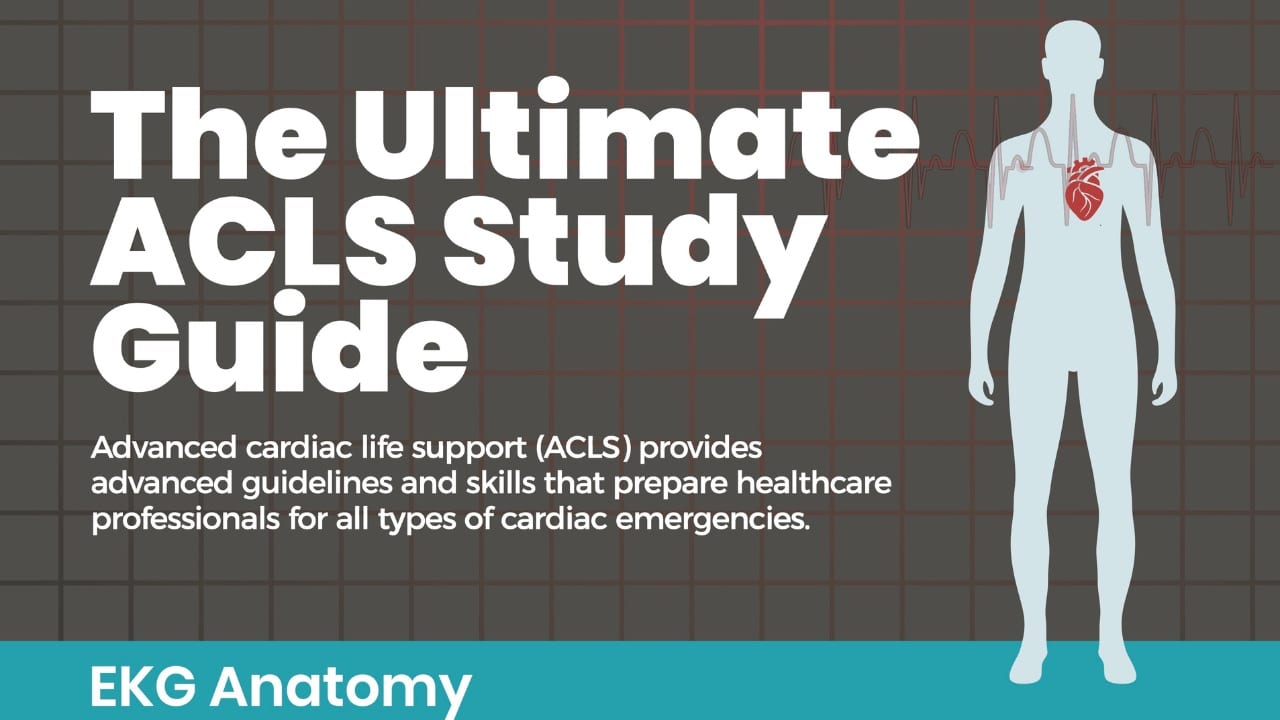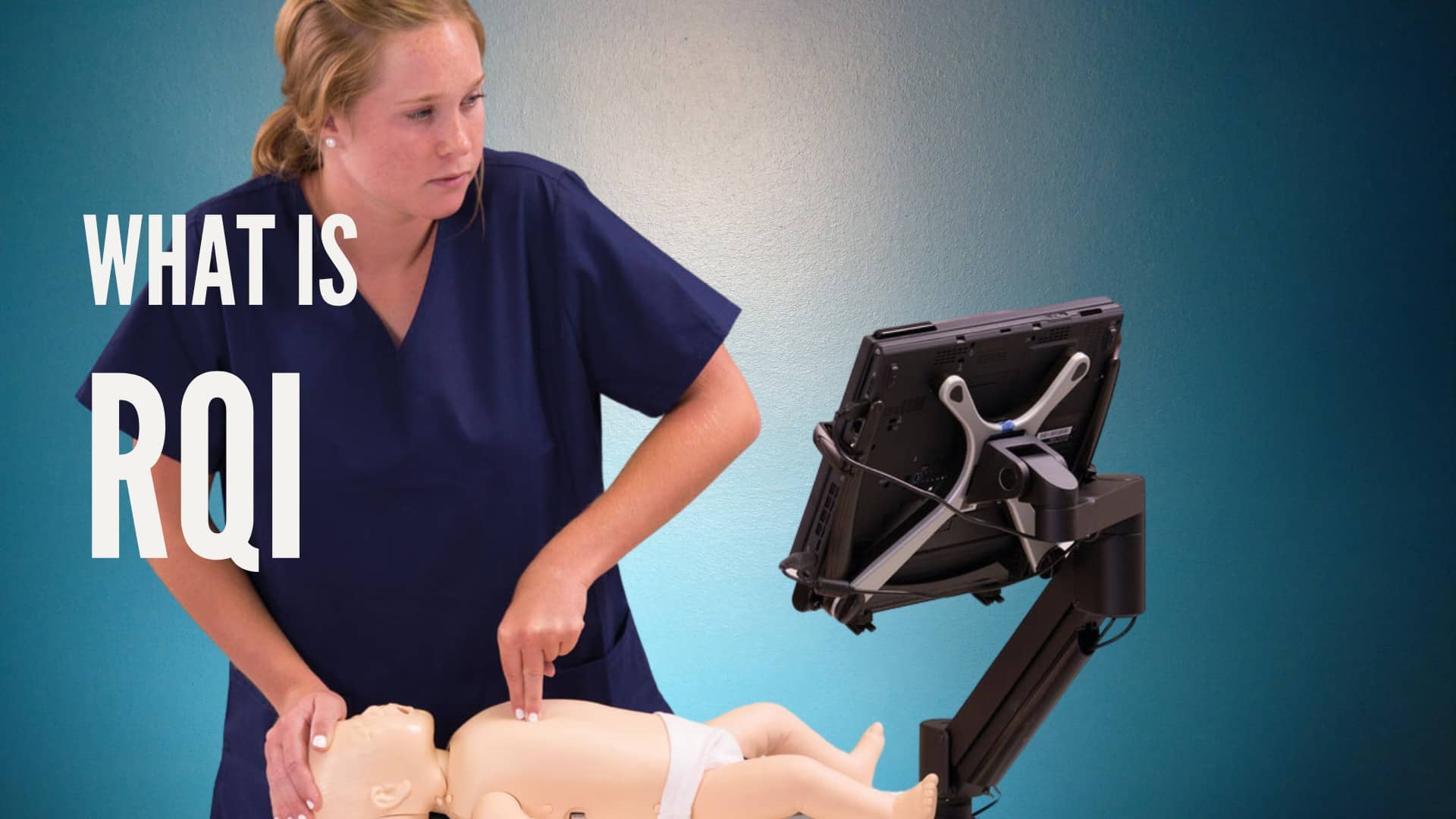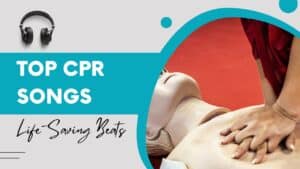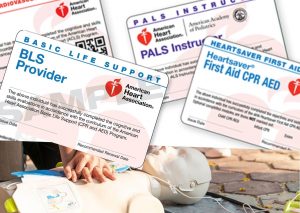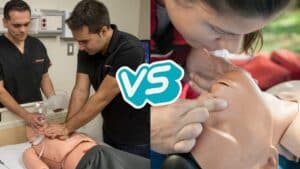Did you know that CPR compressions can be strong enough to break a rib?
Most people are aware that CPR requires strong compressions to the chest delivered at a certain rate. However, many are unaware of just how forceful and deep these compressions might need to be in order for CPR to succeed and blood flow to be restored to the body. Between the amount of pressure required and the depth necessary for a successful compression, properly administered CPR may lead to broken ribs.
Ultimately, it is important for a first responder to understand how to administer CPR safely, quickly and effectively. Even if a rib breaks, this is okay because the ultimate goal is to make sure the blood is being pumped throughout the body.
When to Administer CPR
CPR may be performed on an individual who suffers sudden cardiac arrest (SCA), a condition that causes the heart to suddenly stop beating.
The heart relies on an electrical system that controls the rate and rhythm of the heartbeat. This system sometimes can be interrupted by arrhythmias, which cause the heart to beat too fast, too slow or with an irregular rhythm.
An arrhythmia prevents the heart from pumping blood to the brain and other essential organs, leading to SCA. And if SCA is not addressed within the first few minutes, it may result in death.
CPR enables a first responder to help an SCA victim until advanced medical personnel arrive on scene. With CPR, a first responder can use a combination of chest compressions and rescue breaths to get blood circulating throughout the body. This increases the likelihood that an SCA victim will maintain sufficient oxygen that flows to the brain and other organs.
A Rib Breaks During CPR: What to Do Next
Let’s face it – the cracking sound associated with a broken rib likely is the last thing a first responder wants to hear while he or she performs CPR. Fortunately, a broken rib is a temporary problem. And if a rib breaks during CPR, a first responder should continue to focus on saving the SCA victim’s life.
Before administering CPR on an SCA victim, a first responder should call 911 immediately. Doing so ensures advanced medical personnel will arrive on scene soon.
During a 911 call, a first responder should provide details about the SCA victim’s location and respond to the emergency operator’s questions. In addition, the responder should stay with the SCA victim and provide any help that he or she can until advanced medical personnel are available.
If possible, a first responder should start CPR with chest compressions. The American Heart Association (AHA) recommends the use of CPR chest compressions at a rate of 100 to 120 beats per minute.
To administer CPR chest compressions, a first responder should place the heel of the hand at the center of the chest (the spot where the lower ribs meet). Then, he or she should place the second hand over the first hand and intertwine the fingers. This will ensure a first responder is set up to administer chest compressions in the right position.
Next, he or she then should lock the elbows and compress the SCA victim’s chest; a first responder should use his or her body weight during chest compressions and ensure the depth of the compressions ranges from 2-2.4 inches.
In many instances, a first responder will count aloud as he or she performs a set of 30 chest compressions at a rate of approximately 100-120 beats per minute. At the end of each set, he or she may perform a set of two rescue breaths, and then continue with 30 compressions.
If a first responder hears a cracking sound while administering chest compressions, it could possibly be ribs breaking. This is okay, it is important to continue pushing down at the same rate and depth to ensure the blood is flowing to the vital organs. Most first responders don’t push down hard enough, so it’s important to make sure to reach the 2 to 2.4 inch depth on an adult.
FAQS ABOUT BROKEN RIBS DURING CPR
DOES CPR BREAK RIBS?
Yes––during CPR, broken ribs can be an unfortunate result of chest compressions. This occurs because during the CPR compressions, first responders need to compress the chest about 2 inches deep. Although this may not sound like a lot, this depth is enough to cause a broken or fractured rib or a cracked sternum.
ARE YOU SUPPOSED TO BREAK A RIB DURING CPR?
Although it is possible for the ribs to break during CPR, it does not happen every time CPR is administered. About 30% of individuals who survive CPR end up with broken ribs. Regardless of whether the patient’s ribs break, it is important to continue administering CPR.
DO YOU BREAK THE STERNUM DURING CPR?
Just like broken ribs, cracked sternums occur during around 30% of successful CPR treatments. It is not a requirement of CPR to break the patient’s sternum, but it does happen in some cases and it is not cause to stop CPR compressions. It is essential that you continue to administer CPR until the patient has regained proper blood flow, whether they have sustained any injuries during the treatment or not.
HOW LONG DOES IT TAKE RIBS TO HEAL AFTER CPR?
Every patient is different and healing times vary, but generally fractured ribs and cracked sternums take around 4-6 weeks to fully heal. However, what’s important is that a broken rib or a cracked sternum does heal––a heart that has not received proper treatment for cardiac arrest does not!
Become a Life-Saver in Your Community Today
Suffering a broken rib is a painful experience, but it pales in comparison to the loss of life.
An SCA victim surely will choose a broken rib over the loss of life any day of the week. And with the right CPR training, anyone can learn how to perform CPR properly to ensure the highest chance of saving a victims life.
CPR training is a difference-maker for individuals of all ages and backgrounds. To illustrate the impact of CPR training, let’s take a look at the following CPR and cardiac arrest statistics from the AHA:
- Each year, over 350,000 cases of cardiac arrest occur outside of the hospital.
- Only 32 percent of cardiac arrest victims receive CPR from a bystander.
- 70 percent of Americans feel helpless during cardiac emergencies due to the fact that they do not know how to perform CPR or their CPR certification has lapsed.
- Effective bystander CPR can double or triple a cardiac arrest victim’s chances of survival.
It doesn’t take long for an individual to become CPR-certified, either. In fact, individuals who want to learn CPR should sign up for a CPR class from SureFire CPR.
SureFire CPR dedicates the necessary time and resources to teach individuals how to perform CPR chest compressions, rescue breaths and much more. Our in-depth classes are taught by medical professionals who are committed to helping individuals become life-savers in their respective communities. As such, our teachers provide both hands-on and classroom lessons to guarantee individuals are ready to perform CPR at any location, at any time.
Perhaps best of all, SureFire CPR makes it easy for individuals to build their CPR skill sets in comfortable, engaging and interactive learning environments. Students will practice CPR techniques on their own individual manikin to understand what it’s like to administer CPR on an SCA victim and build the muscle memory with lots of practice. That way, students can gain the confidence they need to assist SCA victims in emergencies.
Are you ready to get your CPR certification––and to be prepared when you’re a bystander to cardiac arrest? To find out more about SureFire’s CPR and first aid classes, please call us today at (888) 277-3143 and visit our CPR and AED course page.

